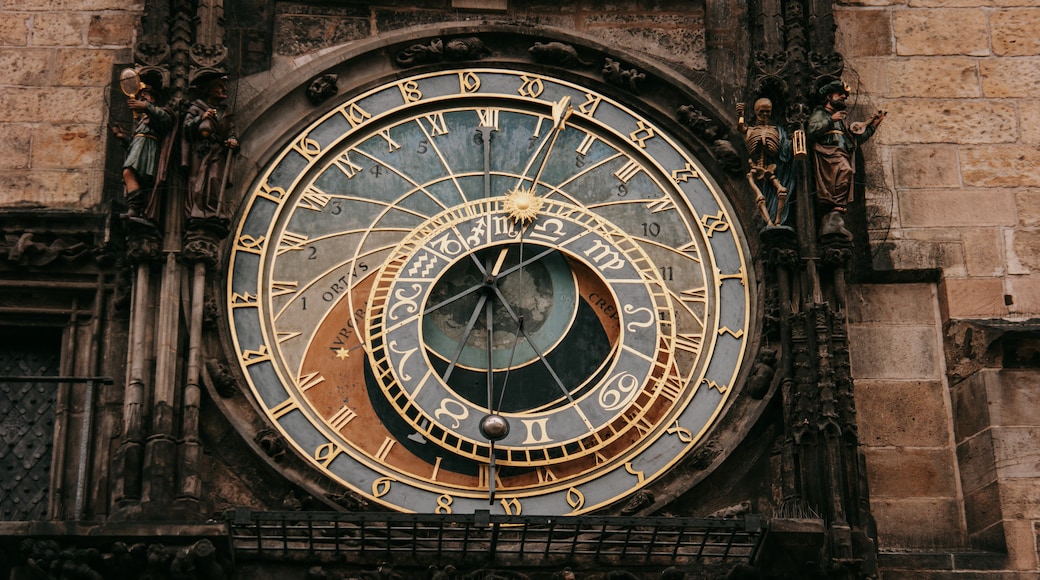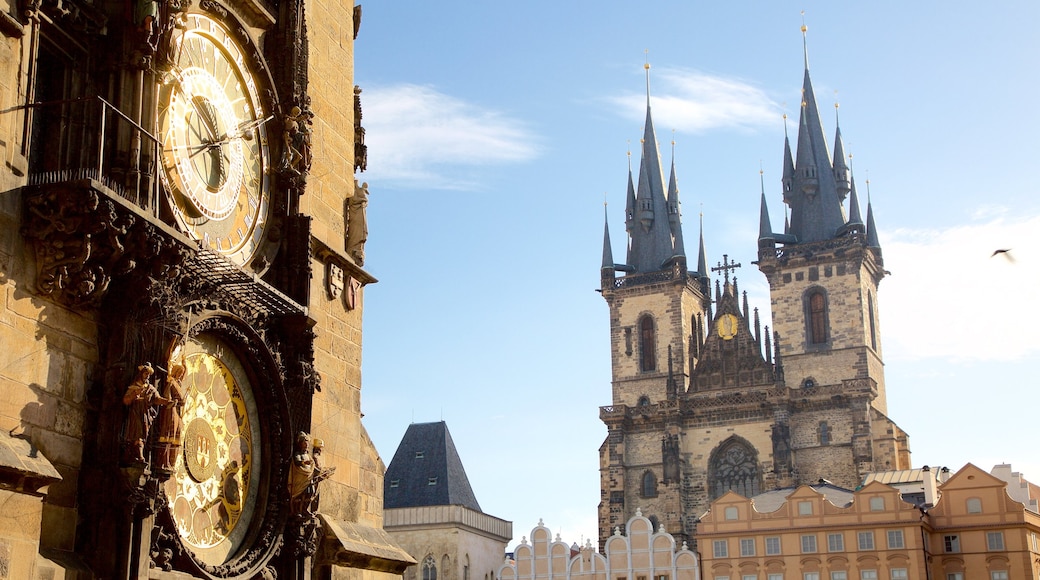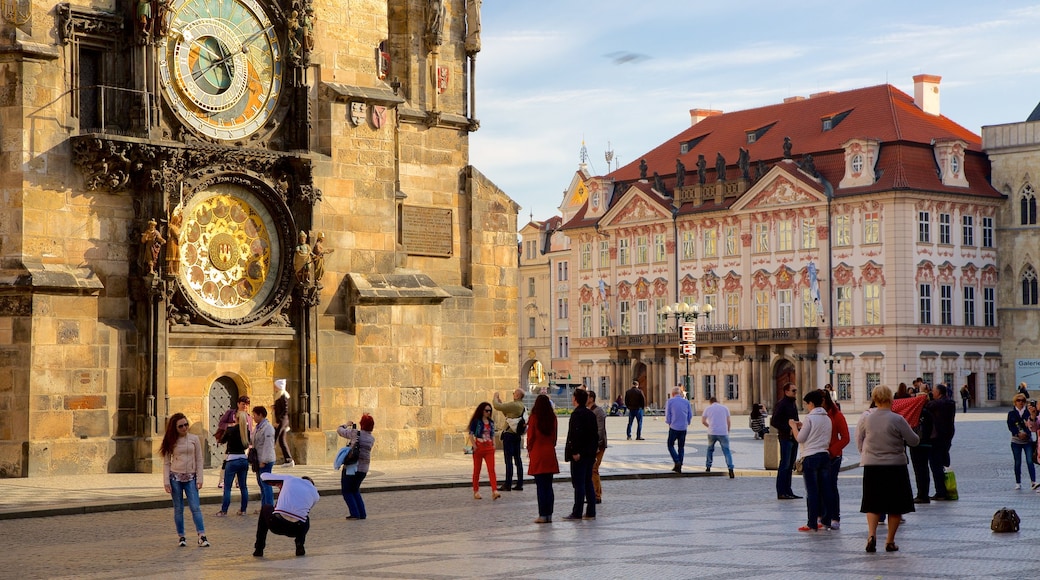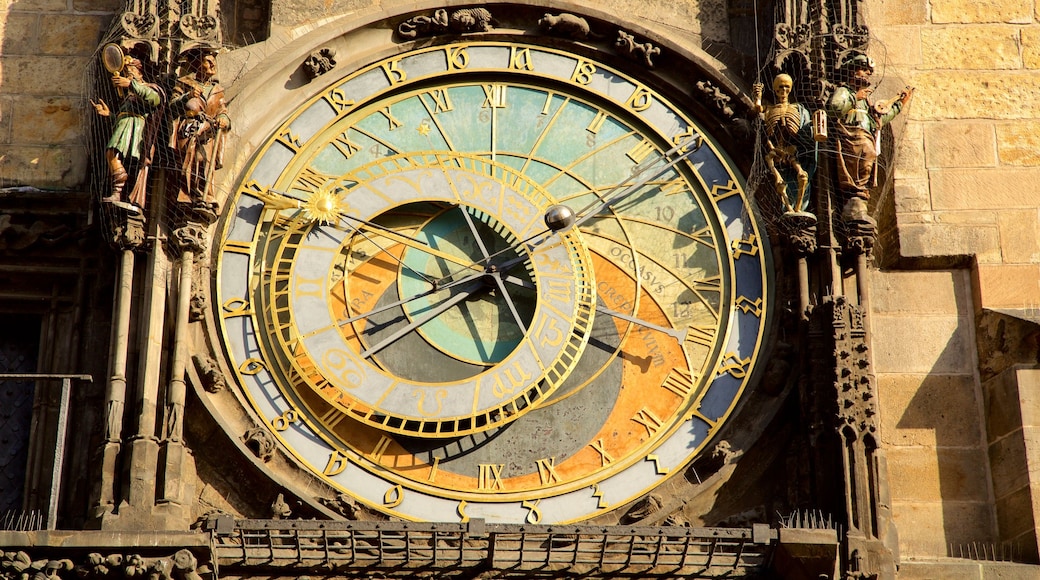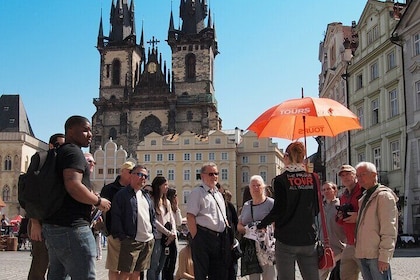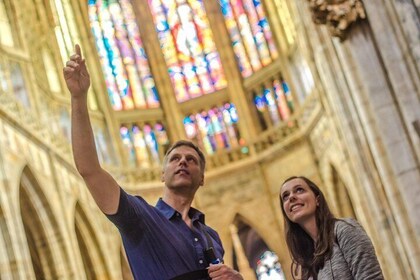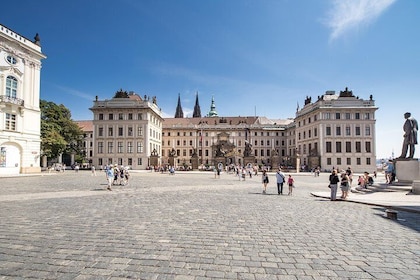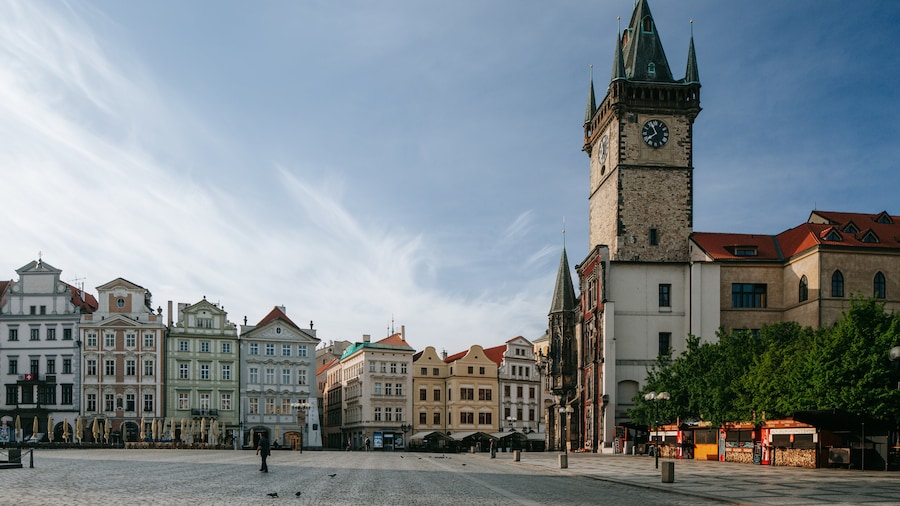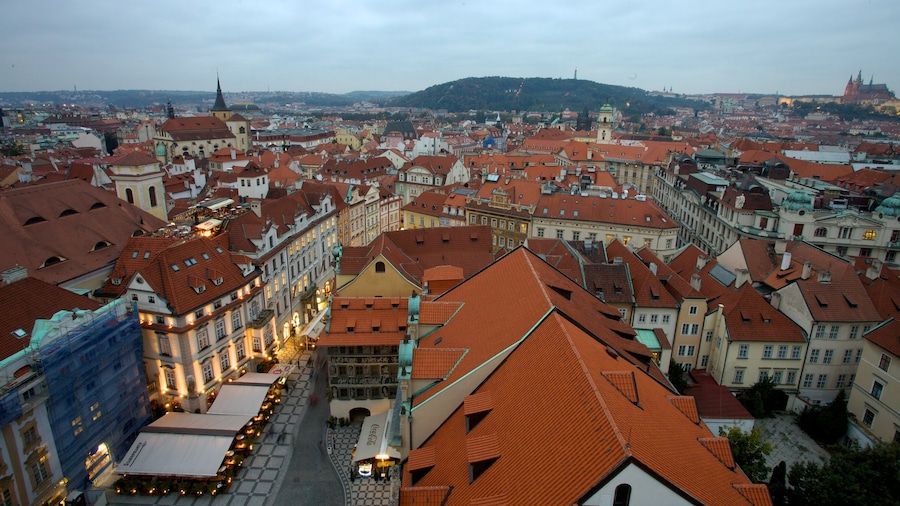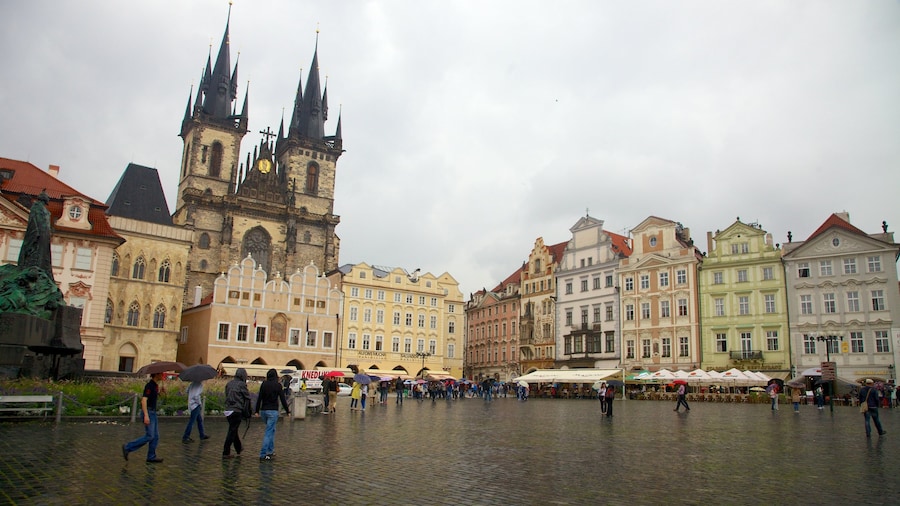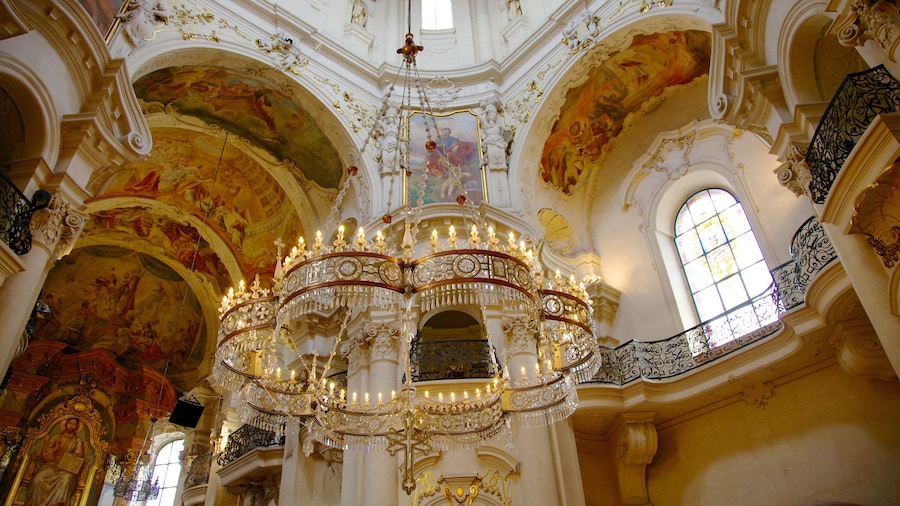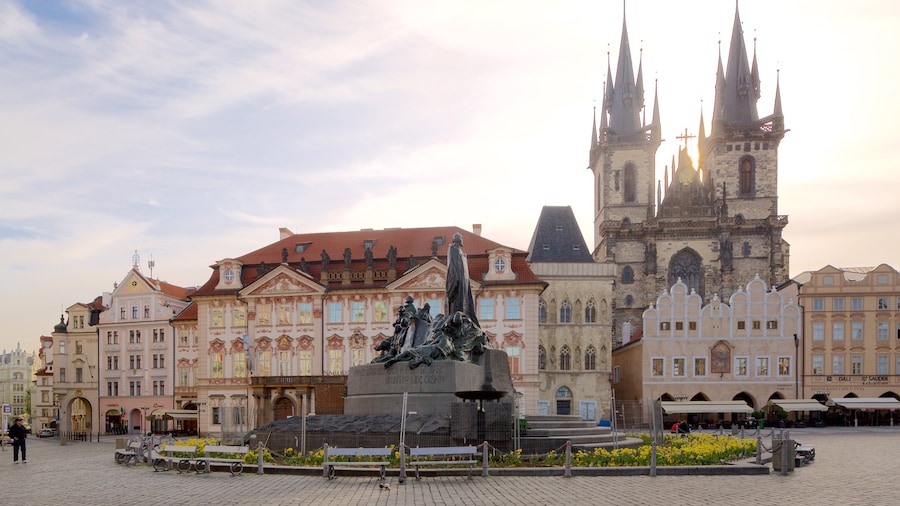The hourly performance of Prague's Astronomical Clock will leave you trying to work out the mysteries of the multiple ways this clock can tell you the time.
When you join the thronging crowds at the foot of Prague's Old Square Town Hall – to wait patiently for Death to come and strike the hour, at the Prague Orloj – don't curse the throng too much. You're actually getting very good value from this marvellous medieval mechanical wonder, the world's oldest working astronomical clock. It doesn't just give you one time to set your watch by. It manages three. Back in the days of the clock's makers – Mikuláš of Kadaň and Jan Šindel in the 15th century – you could make that important appointment in any one of Common Time, Old Czech Time, or Babylonian Time. Confused you would be.And that three-fold time-telling is just one of the many of astronomical (and astrological) time keeping duties this clock has been performing for more than 600 years, since it was set ticking in 1410. Over those long centuries, this ancient time-piece has witnessed much of Prague's history – and has occasionally been interrupted by it too. Legend has it that when the Prague Orloj is not working, the city’s fortunes fail as well. Both have waxed and waned many times in the intervening years.The Prague Orloj (also called the Prazsky Orloj) is actually made of three different time-tracking devices. First there's the astronomical dial, the confusing jumble of discs, lines and golden numerals at the top of the clock. Reading it correctly takes some practice. But once you've cracked it, you can tell not only the time, but the position of the sun and the moon, and even the zodiac sign. Not forgetting the Babylonian hour of day.Then there's the lower decorated calendar disc, flanked by an angel and other figures. This points to the day and month and was added in 1490. Each day is identified by a saint, and each month by a picture of a rural scene. But it's not the slow-moving calendar-disc that draws the crowds. They're here for the hourly show of the third piece. 'On the hour' is when the twelve apostles appear at the Clock's windows, the skeletal figure of Death rings the bell, and the cock crows. One hour more, one hour less, as they say in Prague.

